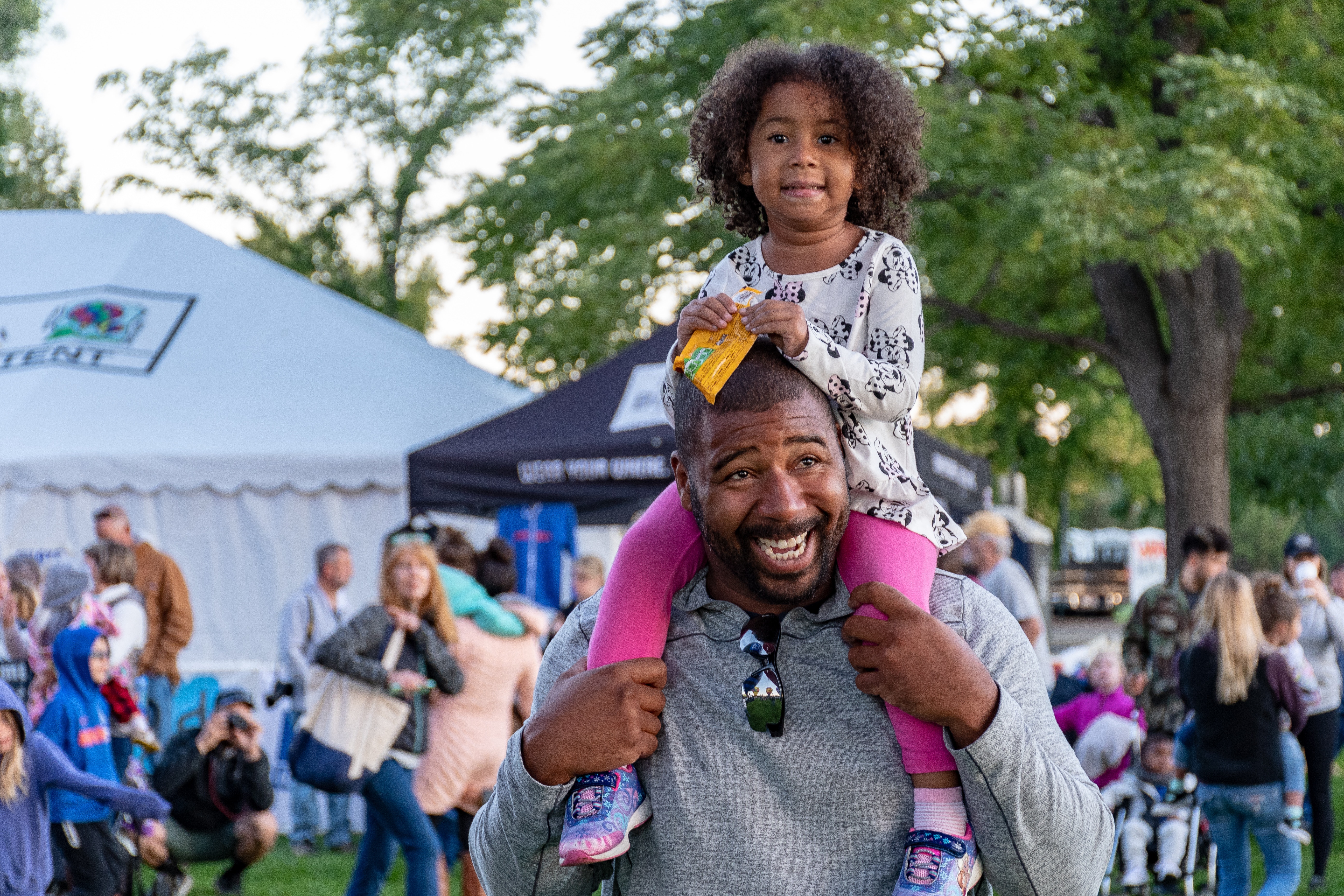
Are we learning? Is it possible that we’ve experimented with abandoning the two-parent, intact family, found the results wanting and are starting to return to sanity?
Lyman Stone of the Institute for Family Studies analyzed the latest data from the American Community Survey for 2018. What he’s found is a bottoming out of the trend toward single-parent childrearing and even a slight trend in the opposite direction. From 2014 – 2018, the percentage of children living outside of the traditional two-biological-parent household actually dropped. From 2001 to 2011, it remained stable.
[S]ince 2014, the share of children living with two married parents has risen ever-so-slightly, from 61.8% to 62.3% in 2018, and data from early 2019 in the Current Population Survey suggest that 2019 will show further improvement. The period from 2011 to 2019 is the longest period of stability or improvement in children’s living situations since the 1950s.
Obviously, a half-a-percentage point increase isn’t much, but it comes after a fairly long period of stable numbers. Is all that a precursor to greater positive change? Hang around for the next half century and I’ll let you know.
Needless to say, the changes in family structure over the past 60 years have been one of our society’s most remarkable features. In 1960, about 13% of kids lived outside a traditional family. By 2000, that number had ballooned to about 35% and the trend was worsening. But then in about 2010, it evened out and began to reverse.
The question is “why?” The answer is “No one knows.” I’d like to believe that education and experience have made a difference. For example, much has been made of the idea that one or two generations of kids brought up in families without two biological parents consider their experience a disaster and are determined to raise their own children better. Another possibility is that the experience of divorce and court-monitored child custody is so overwhelmingly negative that people are gritting their teeth and staying married if at all possible. Certainly the divorce rate is down from previous years, so perhaps that partly explains the uptick in kids living in intact families.
Alas, the overall trend is up, but, as averages so often do, that obscures some less favorable data from individual groups. Now, the good news is that both white and black children now have a greater chance of living in intact families than before. The trends for both groups are up. Of course only about 31% of black kids lived with both parents in 2011, a figure that’s risen now to about 33%. In other words, whatever the trend, black children still lag far, far behind all others in their chances of living in traditional families.
For white and Asian children, those numbers are about 72% and 83% respectively and appear to be little changed over the past two decades or so.
The bad news is that Hispanic and Native American children’s chances are dropping. Each group’s chances of living in an intact family has decreased about 5% (not 5 percentage points, 5%) since 2001.
What’s the takeaway? Here’s Stone’s:
Overall, the decline in the share of kids growing up in married, two-parent households seems to have stopped for now, and there’s even been a modest recovery. But much of this change is purely compositional: Asian, Hispanic, and multiracial kids are growing as a share of children thanks to immigration and intermarriage, while African and Native American kids are not. As a result, the nationwide aggregate is improving. But among specific groups, the trends are less optimistic. Particularly for Hispanic and Native American kids, family conditions have deteriorated markedly over the last two decades.
I can’t improve much on that, except to say that sadly it’s too early to say that people have learned and are mending their ways.
